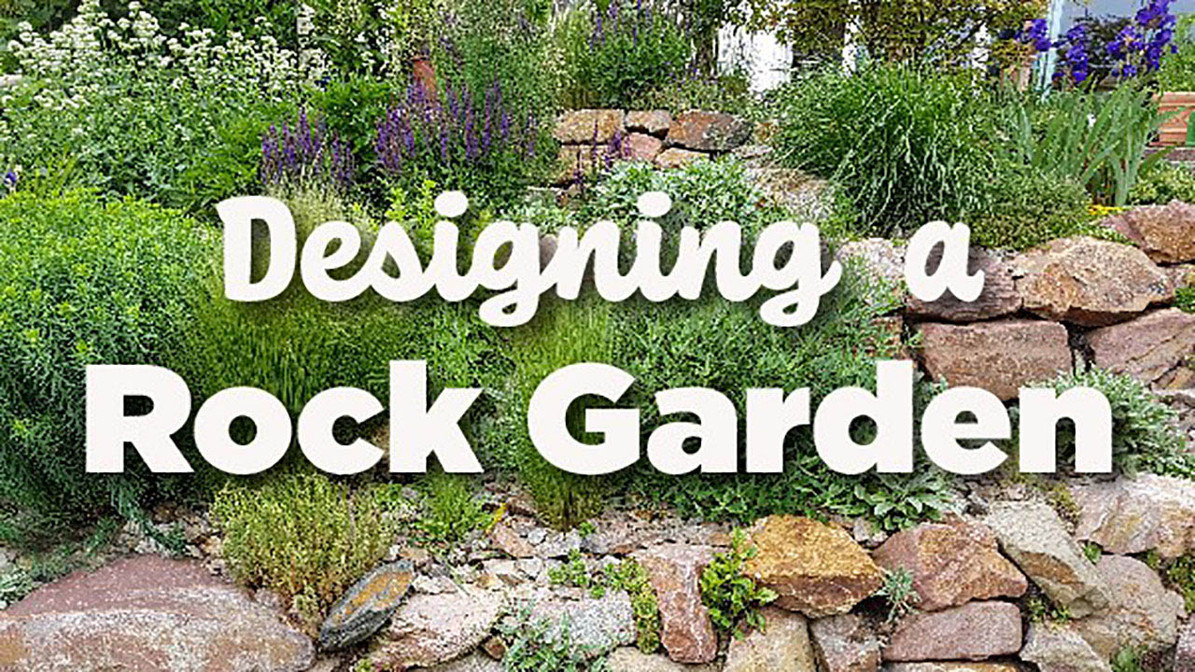How to Design a Rock Garden
Oct 16th 2019
If you live in an area where droughts and dry weather are common or if you are just looking to reduce your consumption of water, a rock garden offers a wonderful way to beautify your property and conserve this precious resource. Rock garden layouts can add a touch of natural beauty and serenity to your landscape. DripWorks is happy to provide you some rock-gardening ideas that can get you off to a good start with your own rock garden plan.
Where should you put your rock garden? Options abound. Take a look around your property. You might have a place by the front door or a spot within view of your patio or driveway where a beautifully colorful rock garden showpiece would make an inviting visual.
Sunny areas or shady spots make no difference, because you can choose your plantings accordingly. Rock gardens are low maintenance, in season all year long and provide an eye-catching element for your garden. Just keep in mind a rock garden should end up looking like a natural rocky landscape and be low maintenance.
Mounding up well-draining soil and placing the same type of large-sized angular rock that will look like outcroppings will be a good start. Learning about the types of plants that will set off the rocks is important. Talk to a local landscaper for ideas or go to a local nursery. These folks will be able to suggest the best plants for your climate, area and conditions.
Beyond local stores, websites like www.AnniesAnnuals.com or www.HighCountryGardens.com have extensive selections of water-wise plants perfect for a rock garden. A variety of colors will add interest and beauty. Choosing plants from mountain regions can add a raw and wild appeal you might like.
Here are some basic rock-gardening ideas to use as a starting point, and your imagination can help you build up from there.
Rock gardens often look best situated on a rise in terrain or hillside. If you have a good-sized mound or hill, contour it with stone edging around the mound. Start at the bottom and wind up the mound to give the garden a tiered effect. You can even build a stairway by using flat stones. These will provide you, your family and friends access to the entire garden without stepping on the plants or disturbing the landscape.
You can water your plants in the rock garden with drip or spray irrigation. Tubing can be covered under the surface of the soil or mulch. Then emitters or sprayers can be installed where the plants are located.
If the garden is on a hillside or mound, sprayers can be inserted on risers and spray down the slope to each plant or grouping of plants. A small 2'- or 3'-diameter pond overflowing into a small waterfall can be a lovely added feature in this setting.
Add stacked rocks on the uphill side of the pond to create a textured look. Rocks adjacent to the waterfall and stream flowing out of it will add a look of natural sylvan beauty to this garden. Smaller stones at the base of the stream bed with a pond liner underneath will help this rock garden look like a wild stream running through an alpine landscape.
A rock garden does not need many rocks to attain a natural look. A few large ones among some medium-sized rocks can achieve the look you want.
Over time, you can add more and bigger rocks if you like. Eventually, you can accomplish a high-country arid look, often called a xeriscape. For extra color, add flowering desert plants that are very drought-tolerant once they have become well established.
If you have rocks that have moss growing over them, add some low-growing ground cover and a few succulents to give your garden a forest-floor feeling. It's the next best thing to an actual walk in the woods.
Finally, an Asian-style garden with some azaleas, statuary, bamboo and the sound of running water from a fountain can provide the perfect place to meditate. Once established, this type of garden will become a low-maintenance showpiece.

